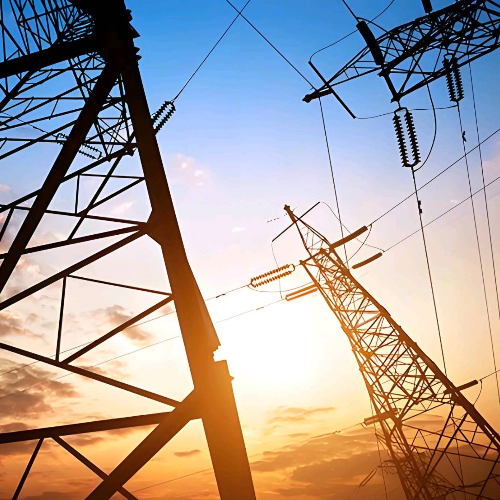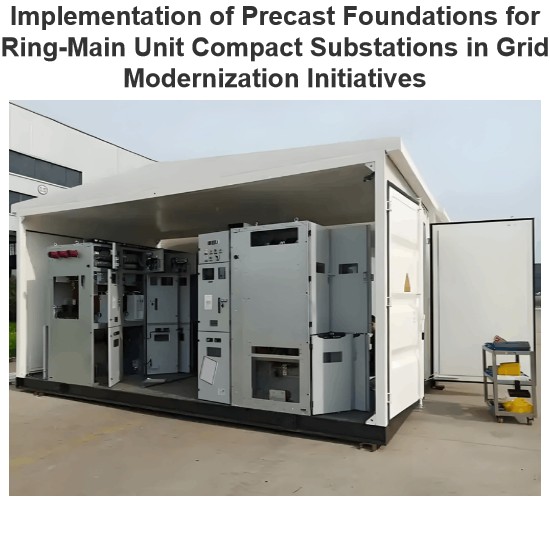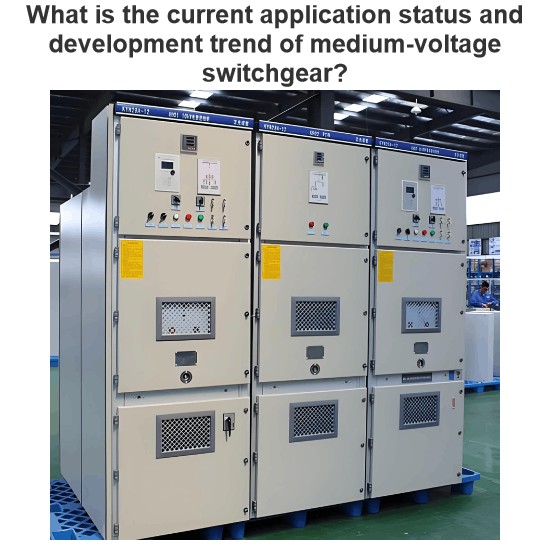Intelligent and digital distribution transformer
IoT and Edge Computing Technologies Enable Real-Time Perception
- Multi-Dimensional Sensor Networks: Future distribution transformers will integrate high-precision temperature sensors, vibration sensors, partial discharge sensors, and dissolved gas analysis (DGA) sensors to achieve comprehensive monitoring of equipment operating conditions. For example, ultrasonic sensors can detect partial discharge signals to identify insulation aging or internal defects in advance, preventing sudden failures.
- Edge Computing Node Deployment: Edge computing devices will be installed on or near transformer bodies to process and analyze sensor data locally, uploading only critical anomaly information to the cloud. This reduces data transmission latency and improves response speed. For instance, edge computing can instantly detect load mutations or temperature abnormalities and trigger local protection actions.

Digital Twin Technology Facilitates Full-Lifecycle Management
- Virtual Mapping and Simulation: Based on digital twin technology, virtual models of distribution transformers will be created to synchronize real-time data from physical equipment. Through simulation analysis, equipment performance under different operating conditions can be predicted, optimizing operational strategies. For example, digital twin models can simulate temperature rise trends in transformers under high-temperature or overload conditions, guiding maintenance personnel to take preventive measures in advance.
- Prognostics and Health Management (PHM): Combined with machine learning algorithms, historical operational data will be deeply analyzed to establish fault prediction models. For instance, by analyzing vibration signals and partial discharge data, winding deformation or insulation faults can be predicted weeks or even months in advance, providing scientific bases for maintenance decisions.
AI and Big Data Drive Intelligent Decision-Making
- Intelligent Operation and Maintenance Platforms: Big data and AI-based operation and maintenance platforms will integrate multi-source data (e.g., weather data, grid load data, equipment operational data) to enable root-cause analysis of faults and optimize maintenance resource scheduling. For example, platforms can predict equipment risks during extreme weather conditions based on weather forecasts and historical fault data, automatically adjusting inspection plans.
- Adaptive Control and Optimization: Reinforcement learning algorithms will enable transformers to have adaptive control capabilities. For instance, during load fluctuations, transformers can automatically adjust tap positions or cooling system operating modes to optimize energy efficiency and stability.
5G and Communication Technologies Ensure Data Security and Real-Time Performance
- High-Speed Communication Networks: The low-latency and high-bandwidth characteristics of 5G technology will ensure real-time data interaction between transformers and cloud platforms. For example, in distributed energy access scenarios, transformers can quickly respond to grid dispatching instructions, achieving second-level power regulation.
- Cybersecurity Protection: With increased digitalization, transformers will face cyberattack risks. Future solutions will adopt blockchain, quantum encryption, and other technologies to build multi-layered security defense systems, ensuring the security of data transmission and equipment control.
Human-Machine Collaboration and AR/VR Technology Applications
- Augmented Reality (AR)-Assisted Maintenance: Maintenance personnel can use AR glasses to access real-time transformer operational data and maintenance guidance in real time, improving field operation efficiency. For example, during fault troubleshooting, AR devices can overlay the internal structure and fault point locations of the equipment, assisting in rapid problem identification.
- Virtual Reality (VR) Training Systems: VR-based virtual simulation environments for transformers will provide maintenance personnel with immersive training experiences, enhancing their skills and emergency response capabilities.
Standardization and Open Architecture Promote Ecosystem Collaboration
- Open Communication Protocols: Future distribution transformers will comply with international standards such as IEC 61850 and DL/T 860, enabling interoperability with devices from different manufacturers. For example, transformers can seamlessly connect with smart meters and distributed energy systems through standardized interfaces, constructing flexible energy networks.
- Cloud-Edge-End Collaborative Architecture: A "cloud-edge-end" collaborative intelligent power distribution system will be established, with the cloud responsible for global optimization and decision-making, edge nodes for local data processing, and terminal devices (such as transformers) for executing control instructions, achieving efficient collaborative operation.
Summary
The deep integration of intelligence and digitalization technologies will transform distribution transformers from passive operational devices into proactive perception, intelligent decision-making energy nodes. In the future, transformers will possess self-perception, self-diagnosis, self-optimization, and self-repair capabilities, providing a solid foundation for constructing safe, reliable, and efficient smart grids.
As an expert in the application and trends of electrical equipment, I have a profound mastery of knowledge in circuits, power electronics, etc. I possess a comprehensive set of abilities including equipment design, fault diagnosis, and project management. I can precisely grasp the industry's pulse and lead the development of the electrical field.













